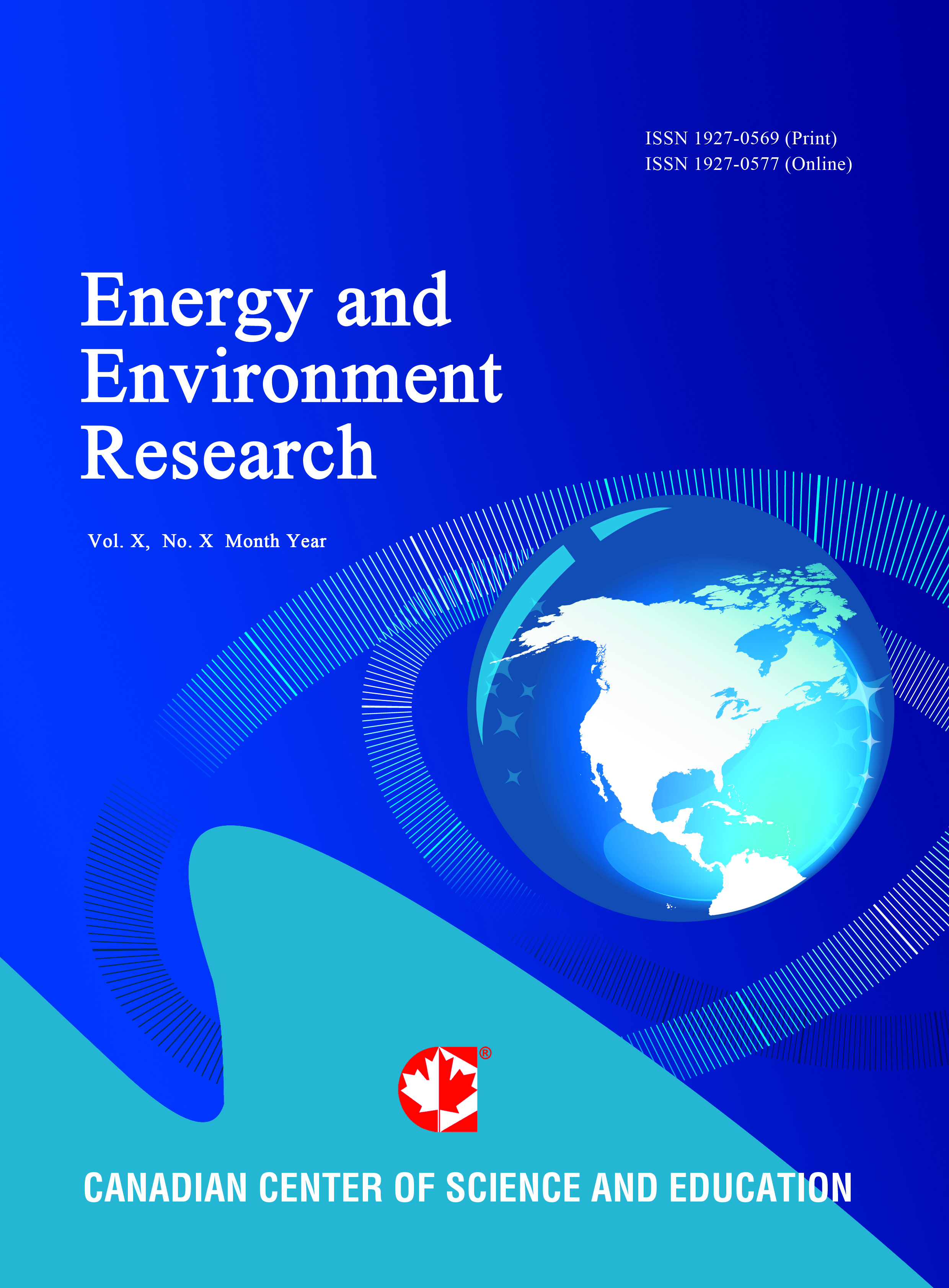Spatial Patterns and Temporal Trends in the Water Quality of the Tuul River in Mongolia
- Ochir Altansukh
- Paul Whitehead
- John Bromley
Abstract
The purpose of this research is to assess spatio-temporal variability of water quality determinands of the Tuul River in surrounding area of Ulaanbaatar city, Mongolia using an extensive dataset between 1998 and 2008. It presents the spatio-temporal assessment and seasonal pattern of 14 hydro-chemical determinants at 15 monitoring sites in the study area. According to the Mongolian water quality classification system, all sections of the Tuul River and its tributaries in the surrounding area of Ulaanbaatar city belong to moderately and heavily polluted waters due to high concentration of ammonium. In accordance with European Union water quality standard, the downstream section of the Tuul River fails. In order to change this situation, operation enhancement of wastewater treatment plants and artificial increment of dissolved oxygen concentration become crucial to improve the water quality significantly. Perhaps a new wastewatertreatment plant is needed for Ulaanbaatar city.- Full Text:
 PDF
PDF
- DOI:10.5539/eer.v2n1p62
Journal Metrics
(The data was calculated based on Google Scholar Citations)
h-index (July 2022): 19
i10-index (July 2022): 53
h5-index (July 2022): N/A
h5-median(July 2022): N/A
Index
- BASE (Bielefeld Academic Search Engine)
- CiteFactor
- CNKI Scholar
- Elektronische Zeitschriftenbibliothek (EZB)
- Excellence in Research for Australia (ERA)
- Genamics JournalSeek
- Google Scholar
- NewJour
- Norwegian Centre for Research Data (NSD)
- PKP Open Archives Harvester
- Publons
- ROAD
- SHERPA/RoMEO
- Standard Periodical Directory
- Ulrich's
- Universe Digital Library
- WorldCat
Contact
- Lesley LuoEditorial Assistant
- eer@ccsenet.org
